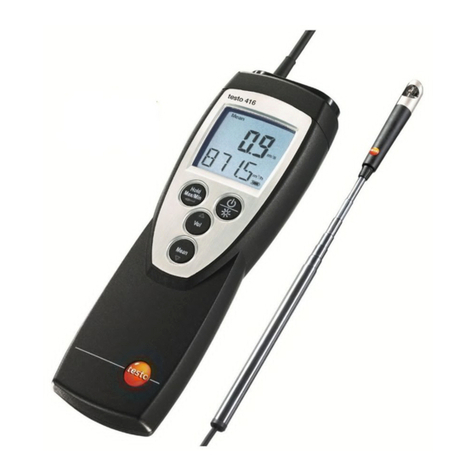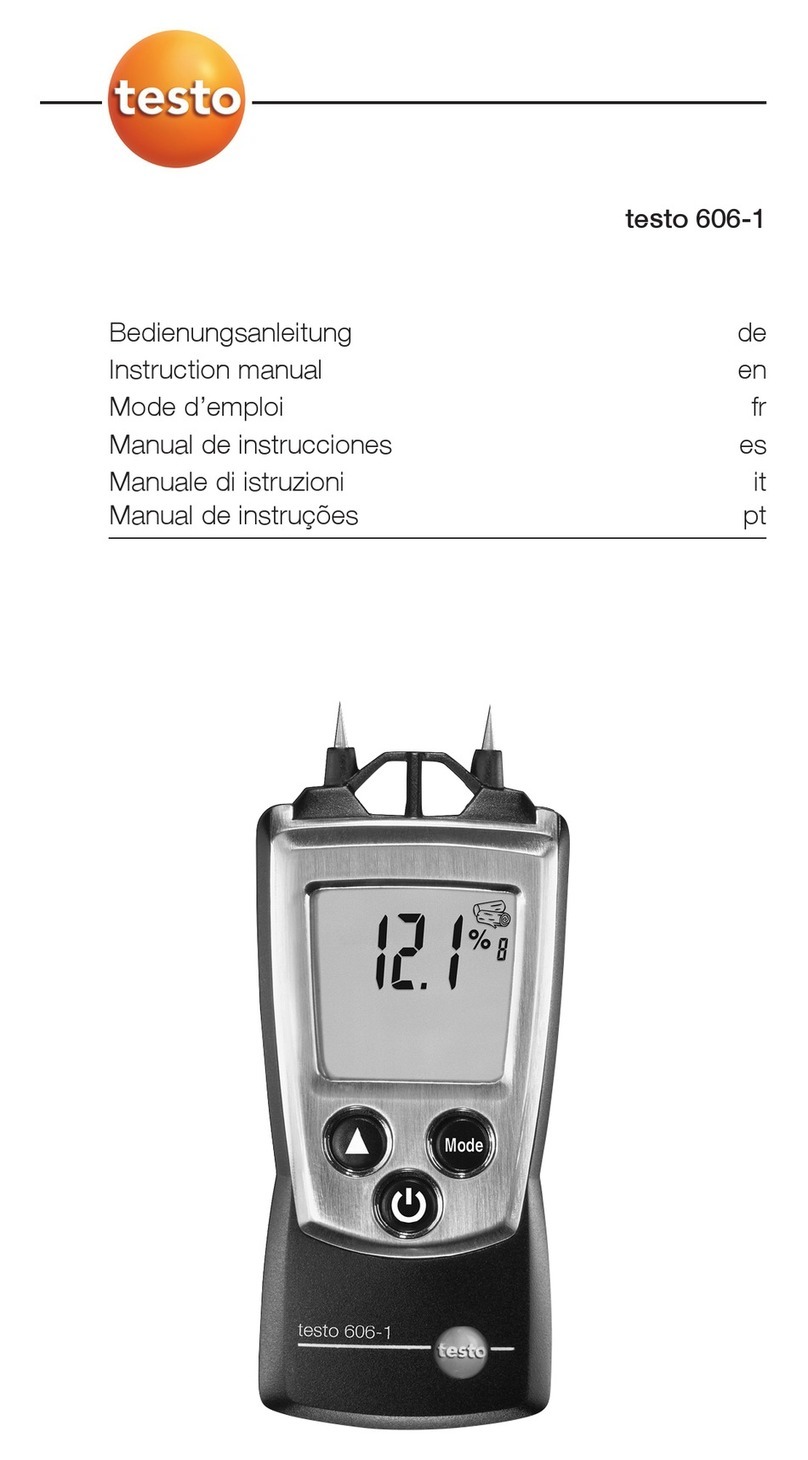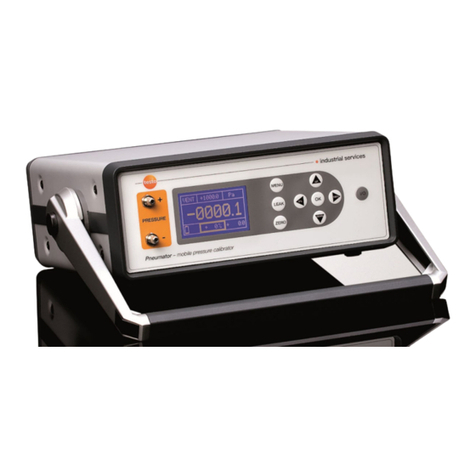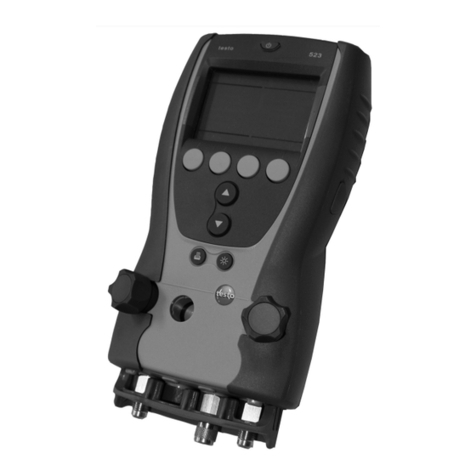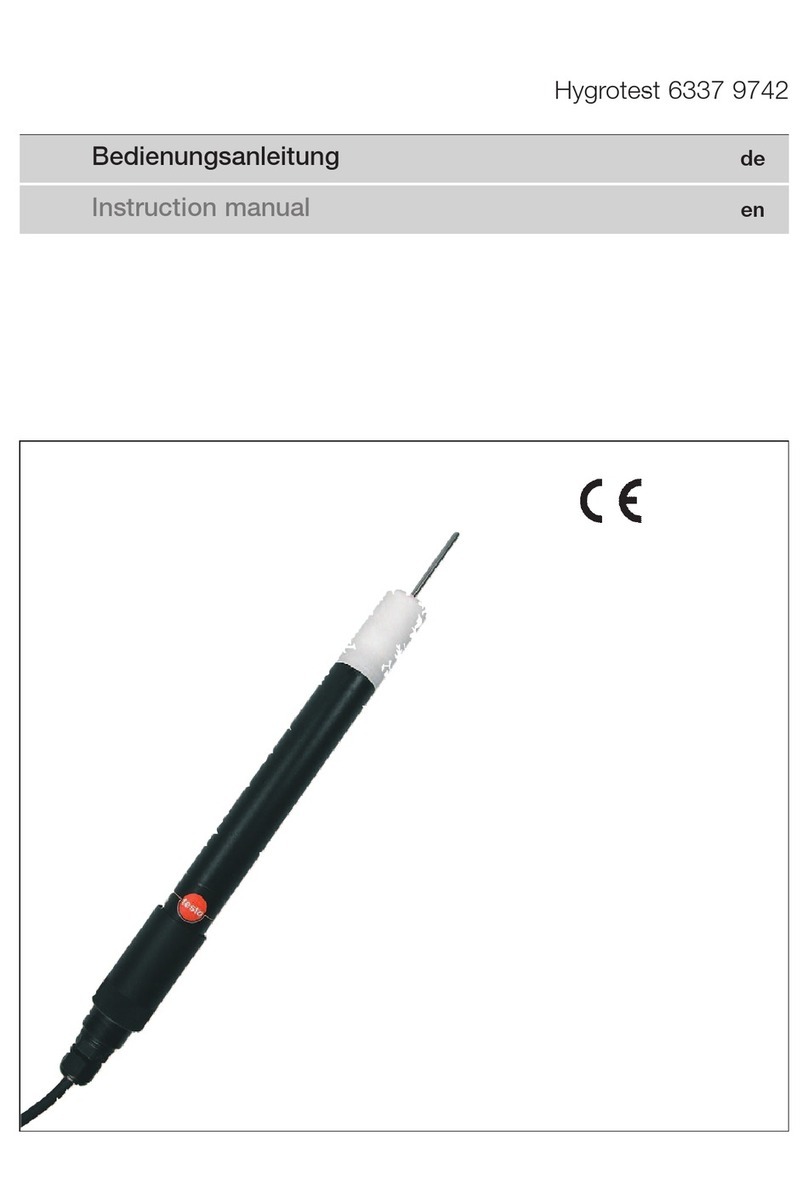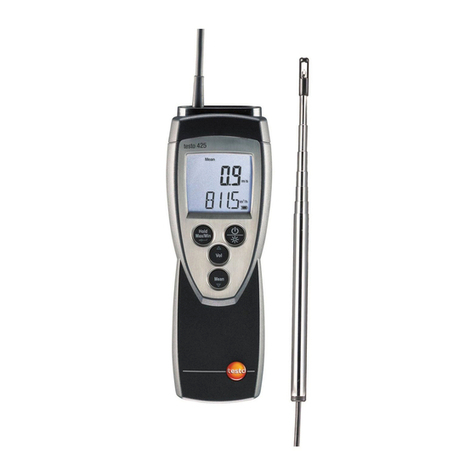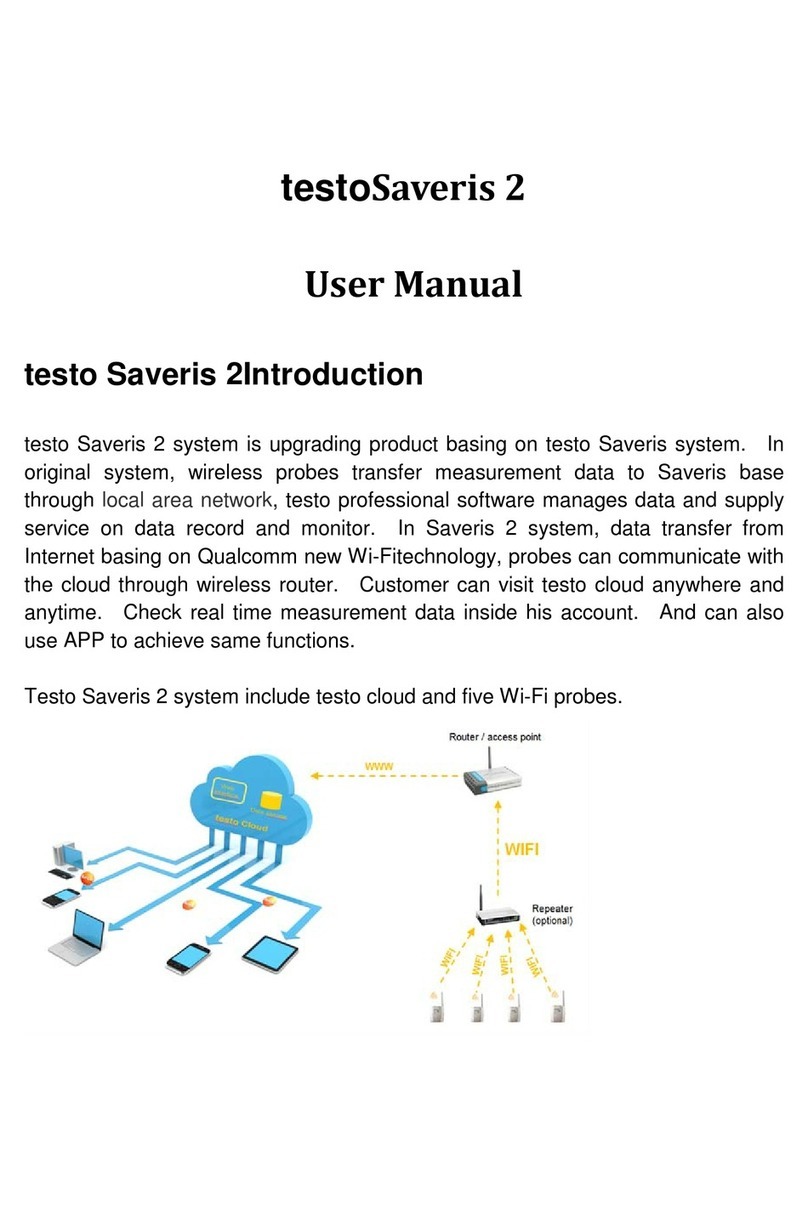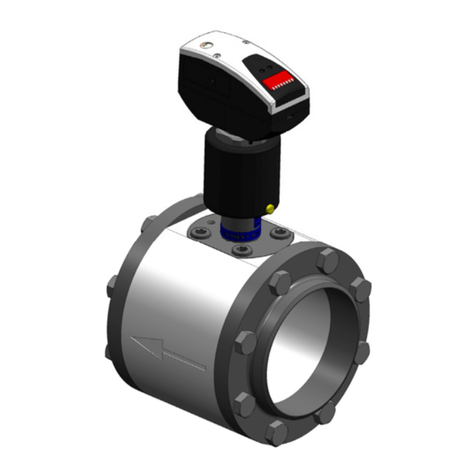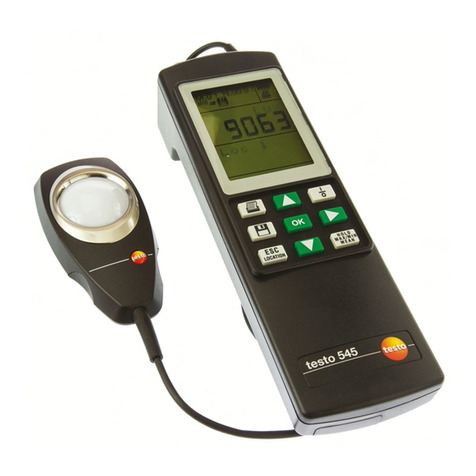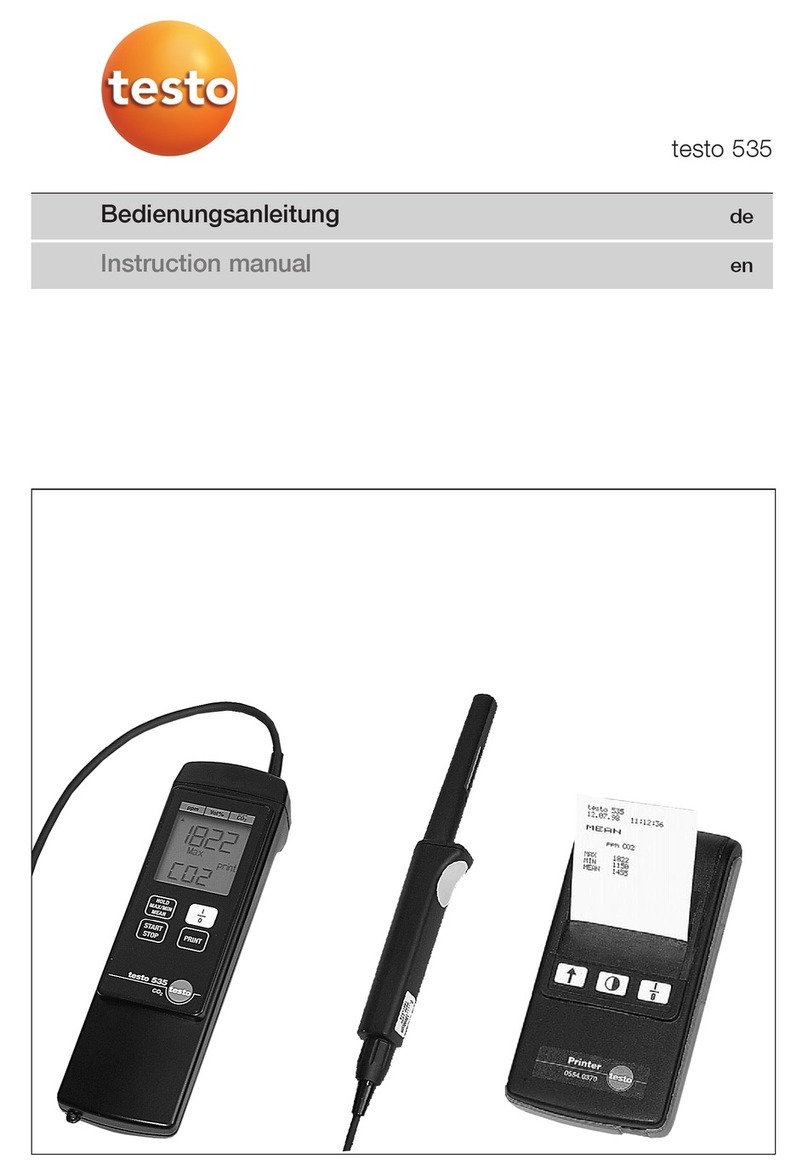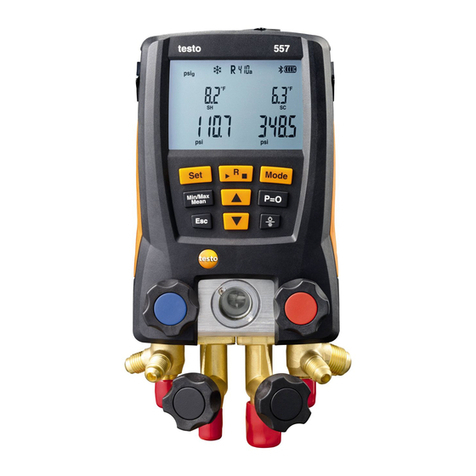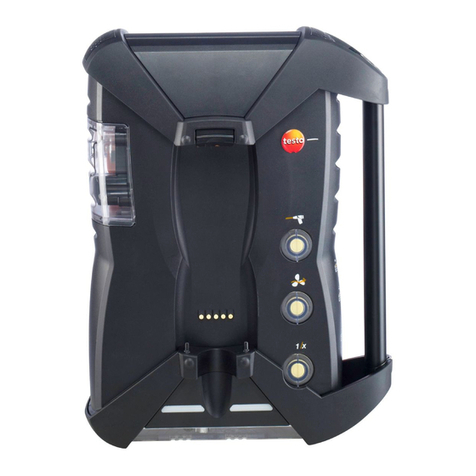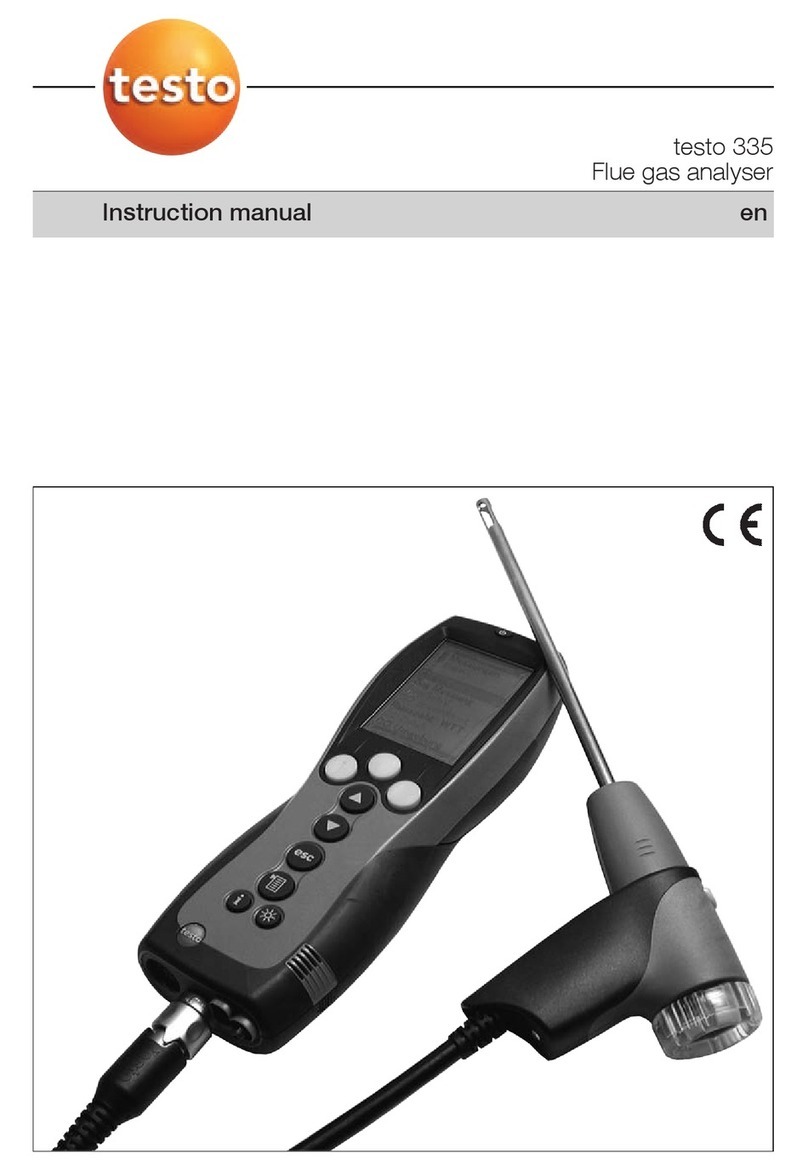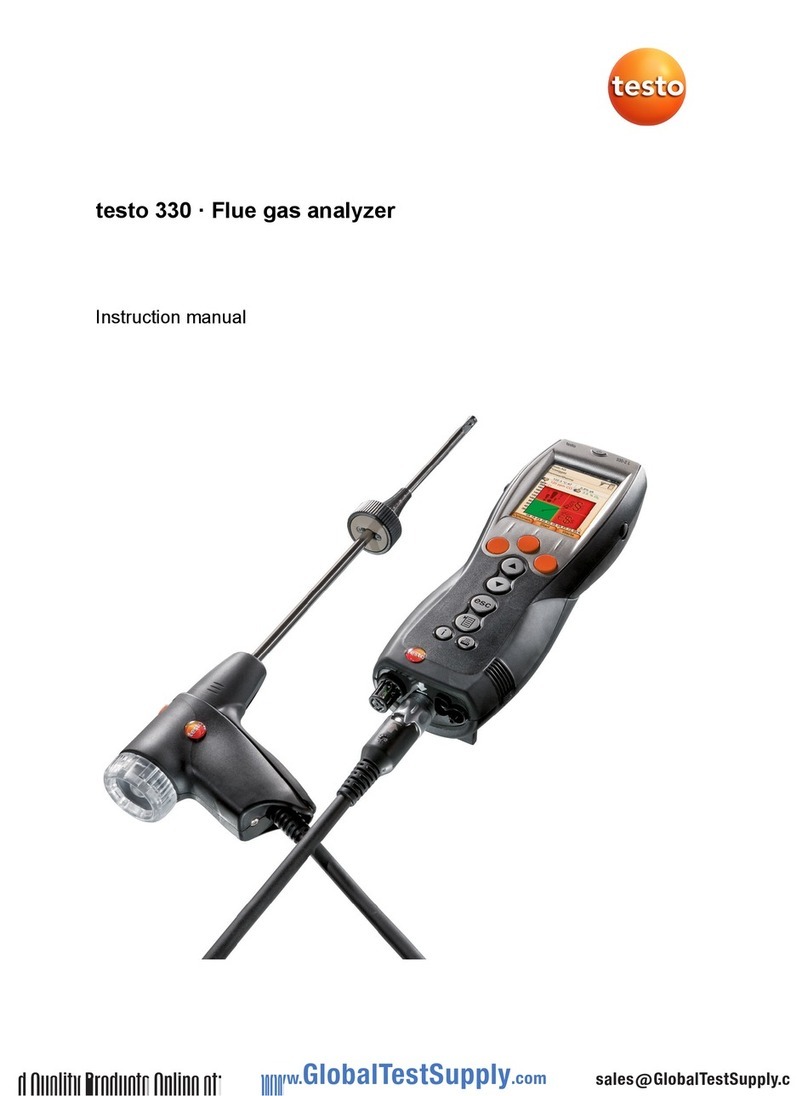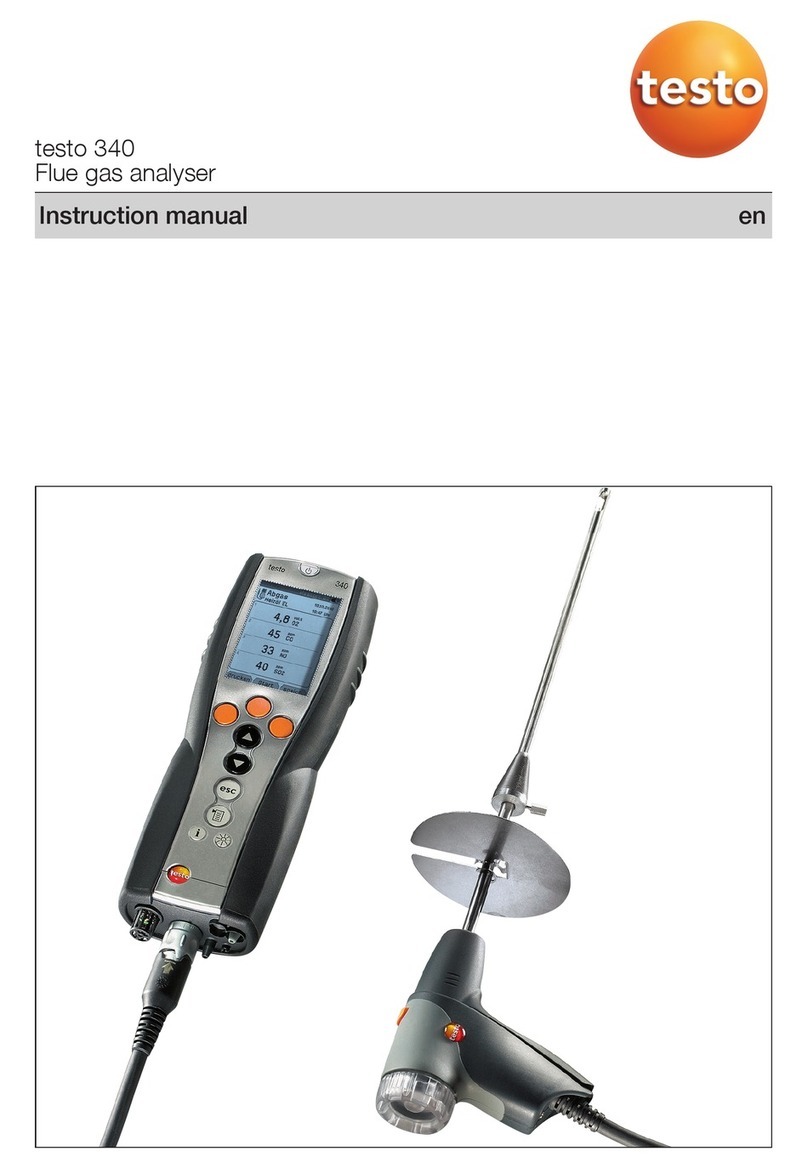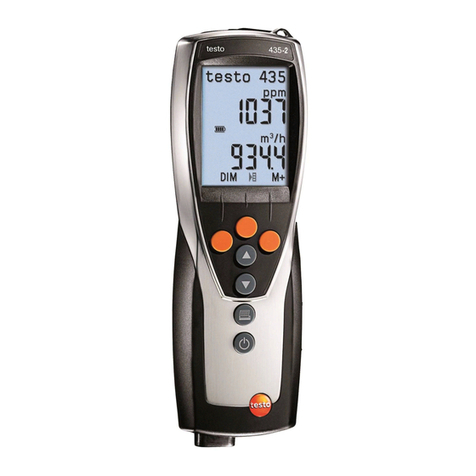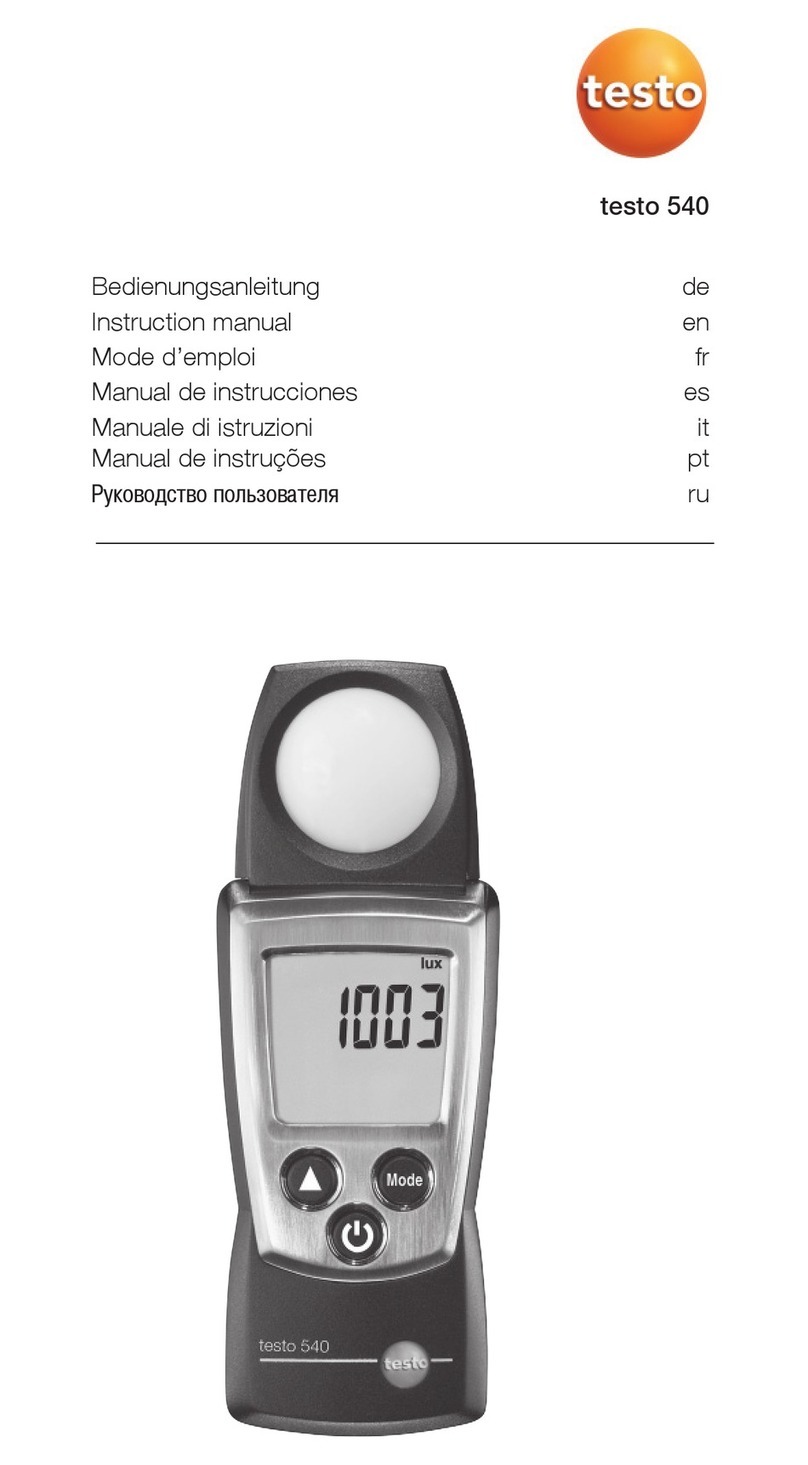E.4 Basic operating steps ..................................................................19
E.4.1 Switching the measuring instrument on ....................................19
E.4.2 Calling up the function ............................................................20
E.4.3 Entering values ........................................................................20
E.4.4 Printing data ............................................................................21
E.4.5 Saving data ..............................................................................21
E.4.6 Confirming an error message ..................................................21
E.4.7 Switching the measuring instrument off ....................................21
E.5 Memory ......................................................................................22
E.5.1 Folders ....................................................................................22
E.5.2 Location ..................................................................................23
E.5.3 Protocols ................................................................................24
E.5.4 Extras Memory ........................................................................25
E.6 Instrument diagnosis ..................................................................26
F. Configuration ......................................................................................26
F.1 Instrument settings ......................................................................27
F.1.1 Display edit ..............................................................................27
F.1.2 Printer ......................................................................................28
F.1.3 Start keys edit ..........................................................................29
F.1.4 AutoOff ....................................................................................29
F.1.5 Communication ........................................................................30
F.1.6 Date/Time ..............................................................................30
F.1.7 Language ................................................................................30
F.2 Sensor settings ............................................................................31
F.3 Fuels ..........................................................................................35
G. Measuring ............................................................................................36
G.1 Preparing measurements ............................................................36
G.1.1 Zeroing phases ........................................................................36
G.1.2 Using the modular flue gas probe ............................................37
G.1.3 Configuring the reading display ................................................37
G.1.4 Set location/fuel ......................................................................37
G.2.1 Flue gas, Flue gas + m/s, Flue gas + Dp2 ................................38
G.2.2 Program ..................................................................................39
G.2.3 Draught ....................................................................................40
G.2.4 Smoke#/HCT ..........................................................................40
G.2.5 Gas flow rate ..........................................................................41
G.2.6 Oil flow rate ..............................................................................42
G.2.7 m/s ..........................................................................................42
G.2.8 Dp2 ........................................................................................43
G.2.9 Burner control ..........................................................................43
Content 5
